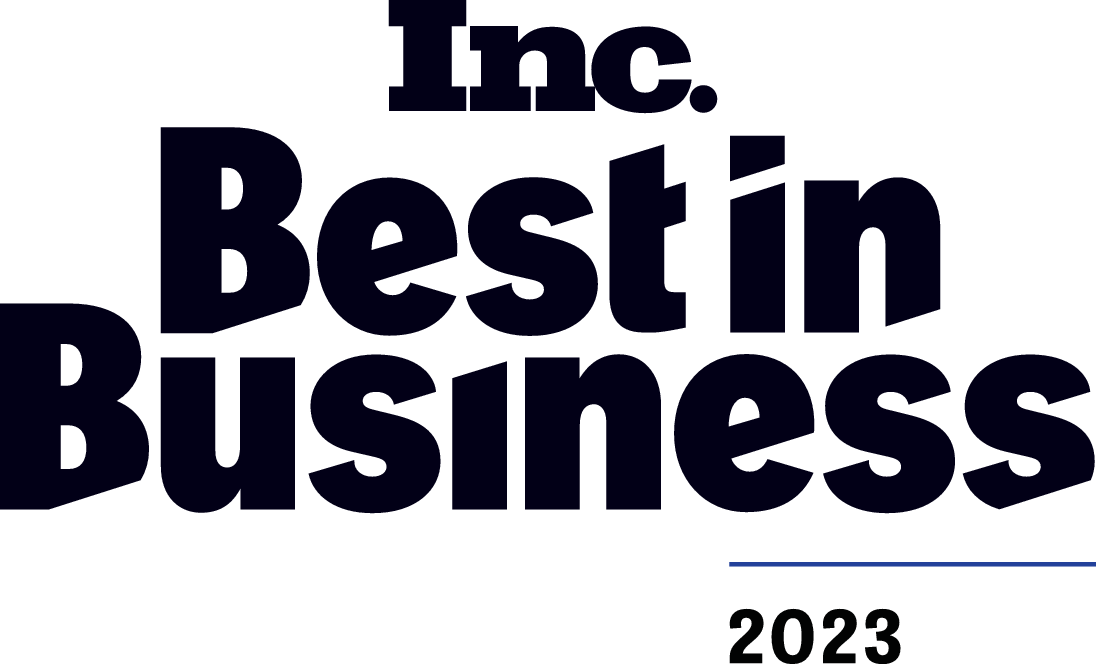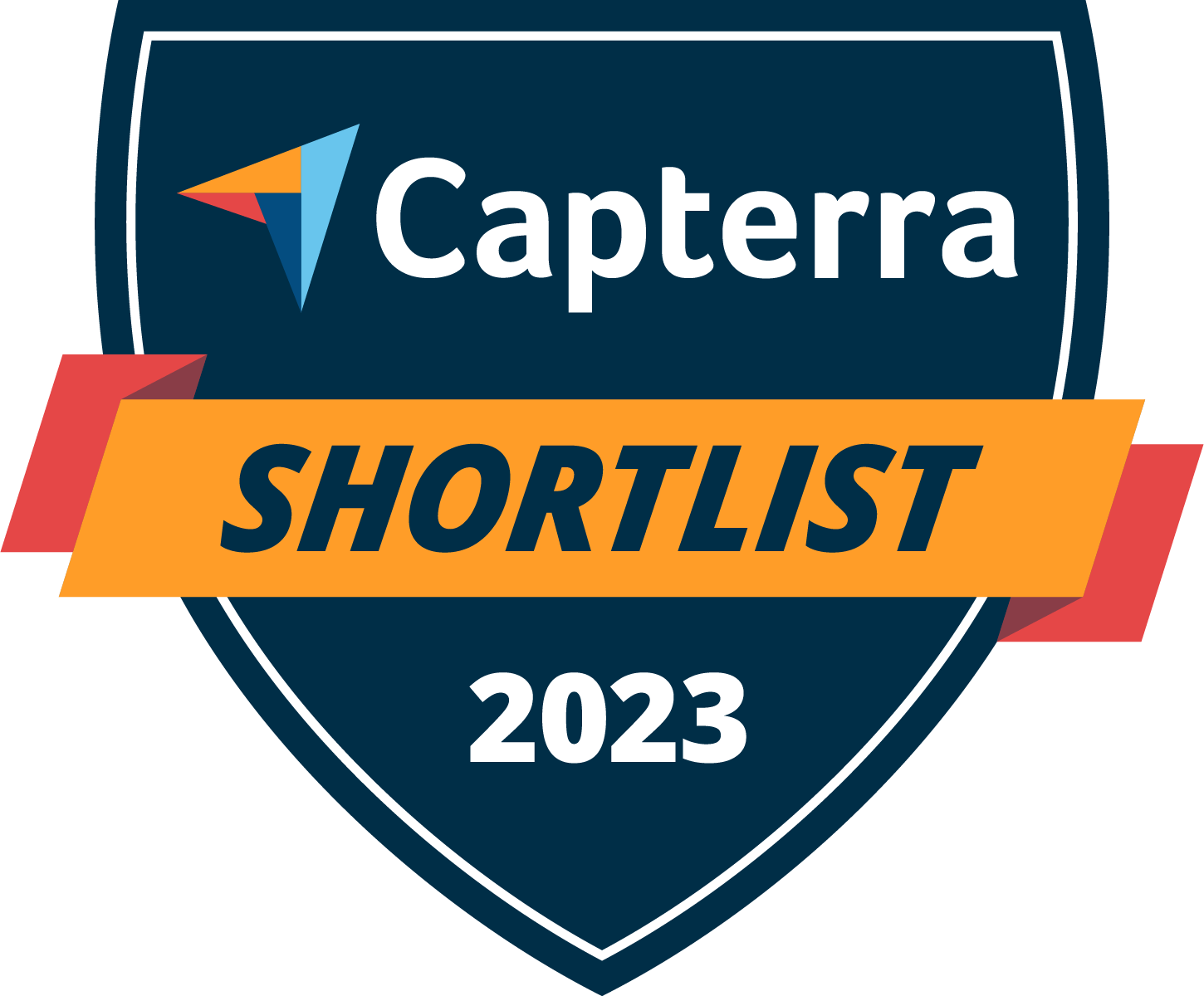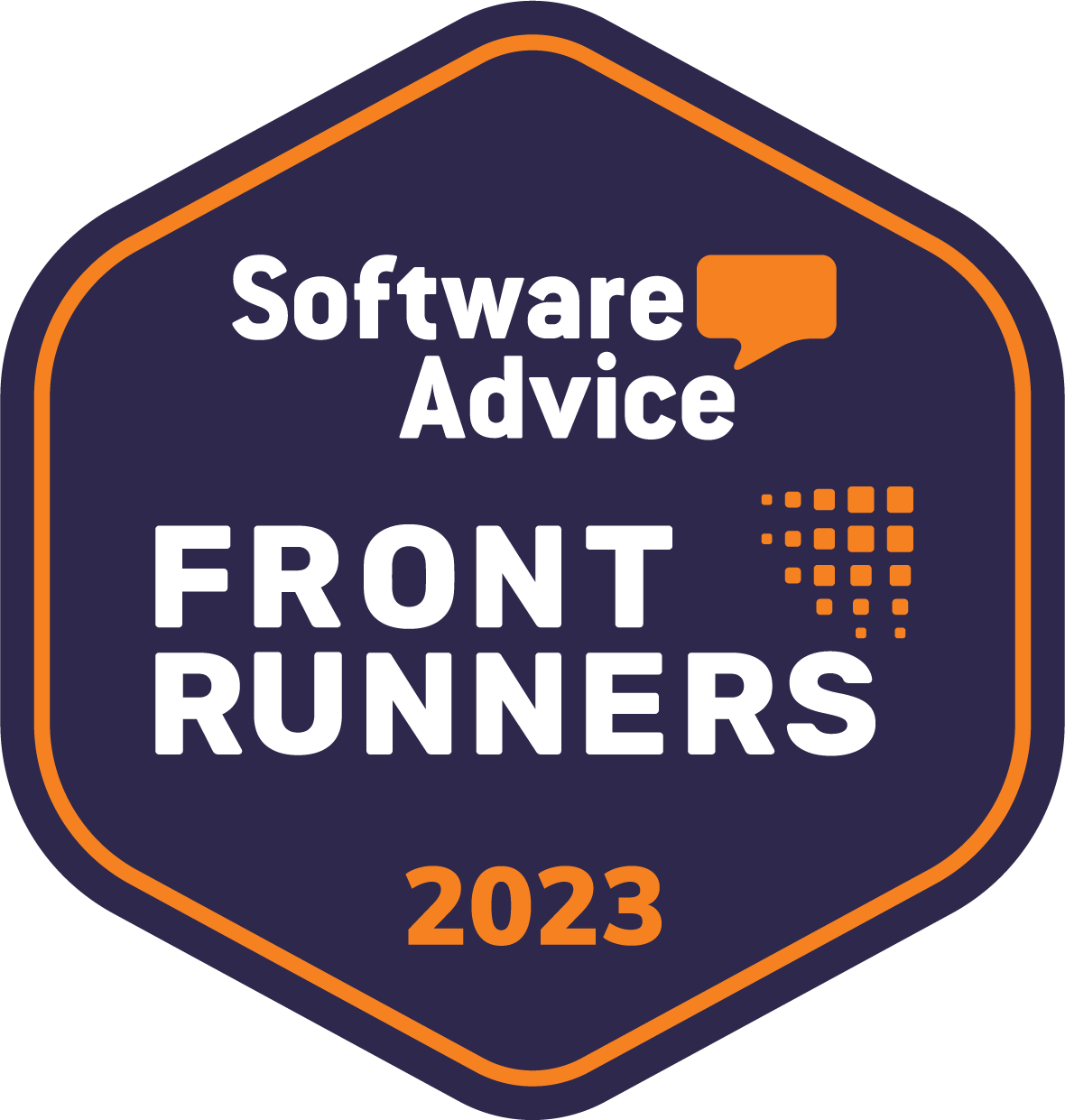The need for a web based asset tracking software
Businesses today have to manage a large volume of assets as part of their daily operations. These assets are usually spread out across different locations and departments for specialized use. For optimized utilization, companies often designate managers to oversee the frequency and nature of the use of these assets.
Based on the current performance of your business, you can figure out whether a web based asset tracking software can help you. If you have been experiencing slow progress, the following questions can help you figure out what changes need to be made to your management routine:
- Does your staff spend an inordinate amount of time looking for assets?
If your administrators are unable to find particular tools in a warehouse or if shipments are constantly late, then it’s time to revamp your tracking strategy. Time wasted in the duplication of trivial tasks should be reduced to improve productivity. - Will a cloud based system mitigate risks involved in asset management?
Any standard tracking technology lets you send out relevant alerts to your team. Additionally, if a valuable item has been moved outside its designated space, a quick check through its history can lower chances of theft. Such a system can significantly lower the risks involved in capital utilization. - Are you unable to meet regulatory compliance?
Working in a competitive industry requires you to follow some compliance rules and regulations. A tracking solution can make this task easier by recording asset ownership at all times, running audits, and preparing reports to show to investors and regulatory bodies.
How should I choose the right software for my industry?
In order to cater to the specific needs of a business, it is critical to opt for an asset tracking solution that fits your requirements. Generally, organizations choose from the following categories and devise strategies accordingly:
- Enterprise asset tracking: This mainly deals with the fixed assets of an organization, and includes operations like acquisition, maintenance and depreciation management.
- Infrastructure asset tracking: Public organizations seeking to overlook roads, bridges and electric grids go for this option. For focused management, emphasis is mostly on rehabilitation and replacement of infrastructure.
- Public asset tracking: Quite similar to the previous category, but expanded to include schools, parks and airports. The main purpose of the software here is to assist in extending the service life of public spaces.
- IT asset tracking: Concerned with all digital devices, this type of asset management revolves around the upkeep of both IT hardware and software. Extremely useful for contract and license management.
What kinds of labels should I use?
A web based asset tracking software offers a variety of asset tag options. Naturally, the next step is to choose which kind of label suits your business and budget. Contingent upon the size of the company and the types of assets you want to track, you can choose between the following:
- Barcodes: A unique identification code which can be read by a scanner and is used to store relevant product information. Available in 1D and 2D forms, Barcodes can be scanned through mobile apps as well. Relatively cheap to use, Barcodes can be stamped at the back of majority of goods, with minimum infrastructural costs. Recommended for firms looking to tag a wide range of assets with special attributes.
- QR Codes: A traditional code consisting of black squares arranged in a grid against a white background. Prominently used for their fast readability and storage capacity, QR Codes can be read by a smartphone app as well. This feature eliminates the need to carry bulky scanners everywhere and makes work tasks more efficient. Companies which tend to focus on off-site projects with asset intensive activities should choose QR Code tracking.
- RFID Tags: The most advanced and easiest to use option is the RFID tag. Comprising of a small chip which can be placed on an asset, RFID labels don’t need to be in the line of sight of the scanner to be read. To facilitate this function, RFID operates on batteries which add to overhead costs of production. With the ability to take mass actions at once, however, RFID is generally preferred by companies looking to improve warehouse management and retail operations.
Learn more about asset tagging best practices here.
Benefits: Upgrading business performance with asset tracking
The right combination of management strategies and asset tracking can enable organizations to significantly improve their overall impact and meet targets effectively. According to a survey, 60-70% of all software is expected to move to the cloud by 2020. This is mainly because of the benefits web based tracking has to offer, such as:
- Accurate real time data: The use of Barcodes, QR Codes, and RFID tags speeds up business workflows. Automation in daily tasks reduces the need for manual labor which eliminates the likelihood of human error in documentation. Instant updates allow you access to real time information at all times, everywhere.
- Improved transparency: A strict system of checks and balances lets you monitor asset activities within and across locations. GPS enabled notifications let you track equipment on the go. In case of misplacement, you will be able to trace down ownership and usage history to curtail any fraudulent practices.
- In depth analysis: Varying patterns of utilization allow you to differentiate between most and least productive assets. Service and maintenance frequencies point out which equipment is breaking down more than necessary and is better off being retired than maintained constantly. Learn more about how to utilize data for success.
- Increased rate of return: Better ability to forecast trends and opportunities allows you to cut down on excessive stock, lower unplanned outages and eliminate extra purchases. This way you can focus only on the assets which add value to your business. Moreover, robust tracking makes it possible to lower overhead costs and boost profits through higher levels of efficiency and productivity.
Features: Add value to your business operations with asset tracking
A cloud based asset management software has the capacity to cater to different types of industries through its diverse functions. Capable of automating a variety of tasks, a web based solution offers you the following features:
Enable location check-ins and checkouts
When you’ve decided on an asset tag for your tracking program, the next thing to do is to set up a check-in and check-out system. For instance, if your company chooses Barcode tagging for all its assets, asset managers can enter extensive asset information like location and status into the database by simply scanning the product. Scanners are usually placed outside warehouses to record when and where employees check out a specific asset for use. This gives asset managers greater control over inventory flows. In addition to this, login enabled checkouts allow transparency in work tasks and cut down incidents of misplacement
Automate stock procurement
One of the greatest challenges involved in asset utilization is maintaining optimal quantities of stock. A little negligence can lead to under or overstocking, which inevitably results in a loss of business. In order to avoid such situations, a web based asset tracking software lets businesses automate the procurement of items. You simply have to set the minimum threshold level and purchase orders will be created and sent to the designated vendors when this limit is reached. This eliminates chances of money and resources getting tied up in extra or unnecessary stock.
Customize asset information
In order to streamline business operations, you should have an accurate database. Having an accurate record of asset information is vital in this regard. To facilitate this, customized templates let you store unique specifications on your asset tags. For instance, a particular laptop which belongs to the IT department has a certain model number and manufacturer details encrypted on its asset tag. This gives business greater asset visibility and control over its assets.
Schedule maintenance events
Lack of manpower is one of the leading causes of increased equipment downtime. The solution lies in implementing a web based asset tracking software which allows managers to better allocate maintenance staff to routine inspections. Cautionary measures enable seamless workflows even through maintenance events. The software also stores information regarding vendors and manufacturers, so that all assets get the recommended inspections on time.
Integrate with other software
The key to a useful asset management solution lies in its ability to scale up as the business expands. Luckily, an asset tracking software lets you do that by allowing integration with other business software. Most companies don’t just use one or two software solutions. A lot of a company’s data could be stored on other platforms, and would need to be used along with asset tracking information. Easy integration to various third party applications allows users to:
- Improve their business roadmap
- Amalgamate multiple workflows
- Have greater team coordination
Key to efficiency: Best practices and tips
- Perform a baseline inventory survey: Before you deploy any kind of software, it is best to carry out a baseline inventory survey. This gives you a clearer picture of the volume and variety of assets that you own.
- Use unique Barcodes: Don’t just simply use the asset serial number. Determine which identification code meets your requirements. For instance, some companies opt for a location barcode which includes city initials. This way you can categorize your data easily.
- Know what to track: Organizations don’t usually have the resources to track each and every asset. To counter this problem, you can set a minimum monetary benchmark for the items you would be willing to monitor. These can be high value goods which are at a greater risk of being misplaced, like a company’s hard drive.
- Focus on the core metrics: Apart from general metrics like location and maintenance, figure out the metrics linked to your goals and objectives. Let’s say you want to improve your procurement practices. For this, you need to better track asset lifecycles and depreciation rates.
- Eliminate ghost assets: Lost, stolen or unusable assets may sometimes still remain listed under fixed assets in the business database. These “ghost assets” not being used in work operations, can eat up your insurance costs and should be removed from the system.
- Set benchmarks: To get the best out of your asset tracking system, it is advised to set targets that can be achieved reasonably. This allows you to compare statistics to measure your progress.
Learn more about how asset management helps small businesses overcome major obstacles.
Conclusion
Optimal asset utilization is achieved through the right choice of software, labels and management practices. Project decisions taken in close collaboration with respective stakeholders have a higher chance of attaining compliance. Workforce integration gives a chance to deliberate KPIs, goals and successfully complete targets. Ultimately, an emphasis on in depth analytics enables risk assessments and allows for the timely implementation of preventive measures. An asset tracking software packages all these functionalities into one solution, and is thus a valuable addition for any business.
Learn more about EZOfficeInventory
EZOfficeInventory is an asset tracking software that helps thousands of companies track assets and inventory, conduct maintenance events, cut costs and streamline processes all over the world.







